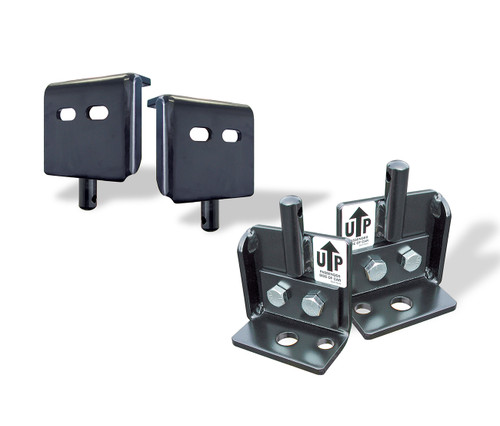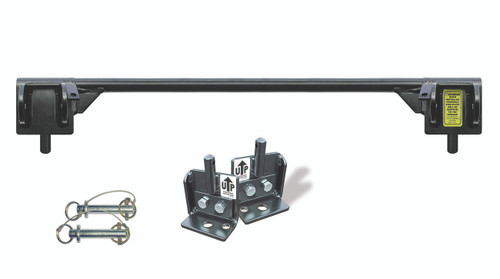Product Description
Heavy-Duty Manual Battery Disconnect
Eliminates the inconvenience and danger of unbolting your battery cables. Once installed, simply rotate a switch to disconnect your battery. Because it is heavy-duty, you can use this kit on diesels and other vehicles with high cold cranking amps.The Battery Disconnect also has other applications, such as a hidden kill switch to deter auto thieves.
In some cases, a vehicle will have two batteries. If BOTH batteries are on an engine starting circuit you will need one 767 for each battery. If only one of the batteries is used on the engine starting circuit then only one battery disconnect is needed.
Many late model vehicles must have their battery disconnected for dinghy towing. Failure to do so will lead to a dead battery. Even with the battery disconnected, some dinghy accessories (such as braking systems and breakaway kits) require power while the vehicle is in tow. The 767 accommodates this by providing a positive current source even when the battery is disconnected. If you are unsure if your vehicle drains the battery while towing, visit Fitmaster and enter your vehicle's year, make and model.
The 767 is typically mounted under the hood. If you have a gas vehicle, Roadmaster also offers a Remote Battery Disconnect part number 766. With the 766, simply push a button inside the vehicle to remotely disconnect the battery.
Benefits of a Battery Disconnect
- Simply turn a knob to disconnect your battery
- Much quicker and safer than disconnecting the battery terminals each time
- Provides a positive current source for accessories
- Includes mounting bracket for installation flexibility
- Includes instructions and is pre-assembled for easy installation
- Rated at 300-amp constant duty and 1000-amp surge capability
- Works on 12-volt batteries
Note: One battery disconnect is needed for each starting battery.









 Quality Is Our Difference
Quality Is Our Difference